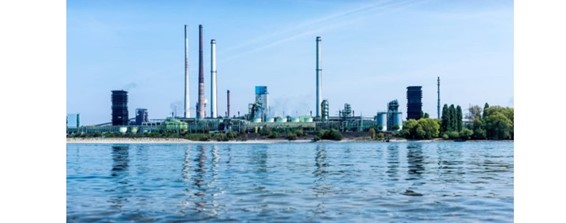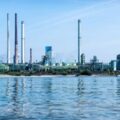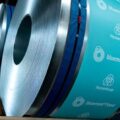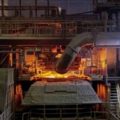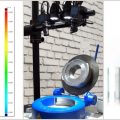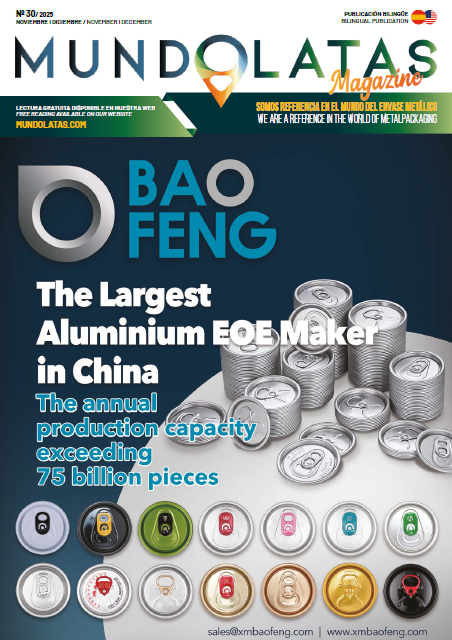German multinational Thyssenkrupp Rasselstein is working on two projects financed with the help of a research fund working on the use of green hydrogen in tinplate processing. The first project deals with continuous annealing and the other with mixing formulation.
Specifically, it is the Federal Ministry of Economics and Climate Protection that is funding both joint projects in which Thyssenkrupp Rasselstein GmbH is participating as part of the “Hydrogen Technology Offensive” funding call. The projects address the question of how hydrogen as an energy carrier reduces CO2 – it is said that emissions in the steel industry can also be reduced in downstream processing, not only in steel production itself. Both research projects are part of the comprehensive long-term decarbonization strategy destοsde thyssenkrupp Steel Europe AG.
The main idea behind this ambitious and important research project is that hydrogen can help recrystallize tinplate. For Germany’s only tinplate manufacturer in particular, research projects are an important part of its sustainability strategy.
By 2045, the company has set itself a major sustainability challenge, to generate around 400,000 tons of CO2 per year. This is roughly equivalent to the emissions caused by the private consumption of natural gas in two years in the surrounding district of Mayen-Koblenz with its 215,000 inhabitants.
Thyssenkrupp Rasselstein’s plans are a major step towards climate neutrality in this German region. More specifically, both projects involve the use of hydrogen in the energy-intensive annealing processes of tinplate production. However, these processes are necessary to restore the crystalline structure of the material destroyed during cold rolling, which makes the sheet more resistant.
The first research project called ‘FlexHeat2Anneal’ focuses on the use of hydrogen in so-called continuous annealing. In particular, the thinner strip is unwound and recrystallized at high temperature in short throughput times, guided on rollers.
So far, he continues, the thinner strip has been annealed mainly by natural gas energy. In the future, however, fossil fuel will be successively replaced by the addition of green hydrogen. However, hydrogen in the glow raises several questions, because hydrogen sometimes burns hotter than natural gas. That is why burners and radiant heating pipes must be adapted, say experts in the field.
The second project, called ‘H2-DisTherPro’, aims to replace carbonaceous fuel gases with hydrogen in batch thermal processing plants. In this way, up to 100 percent hydrogen will be used in Thyssenkrupp Rasselstein’s bell annealing systems. In this process, the thinner strip remains stacked as coils for up to 48 hours, so it is also recrystallized, making the tinplate processing climate neutral. This project is beginning to show all the benefits that this storage could have.

